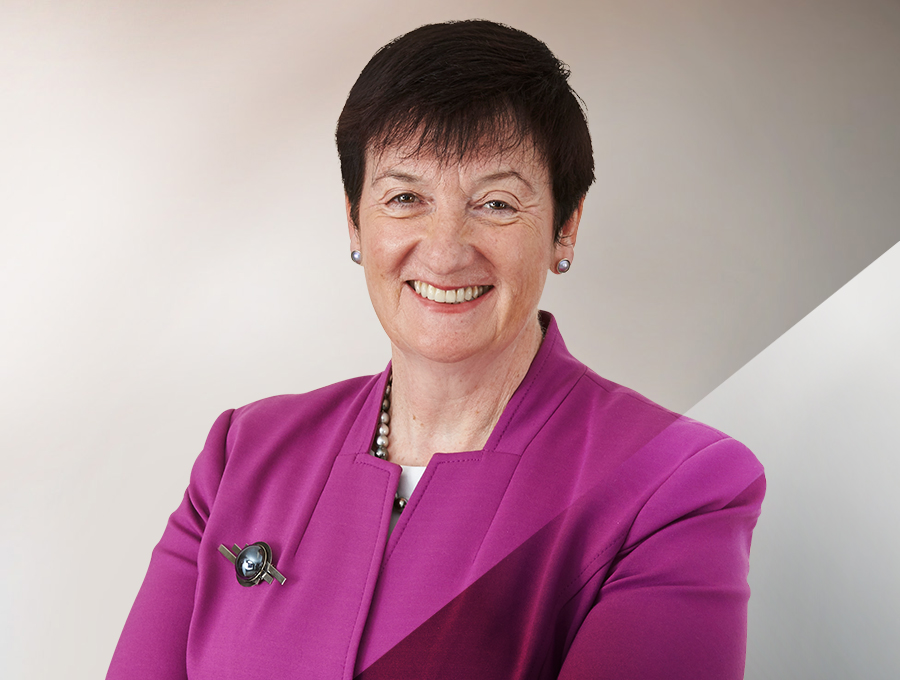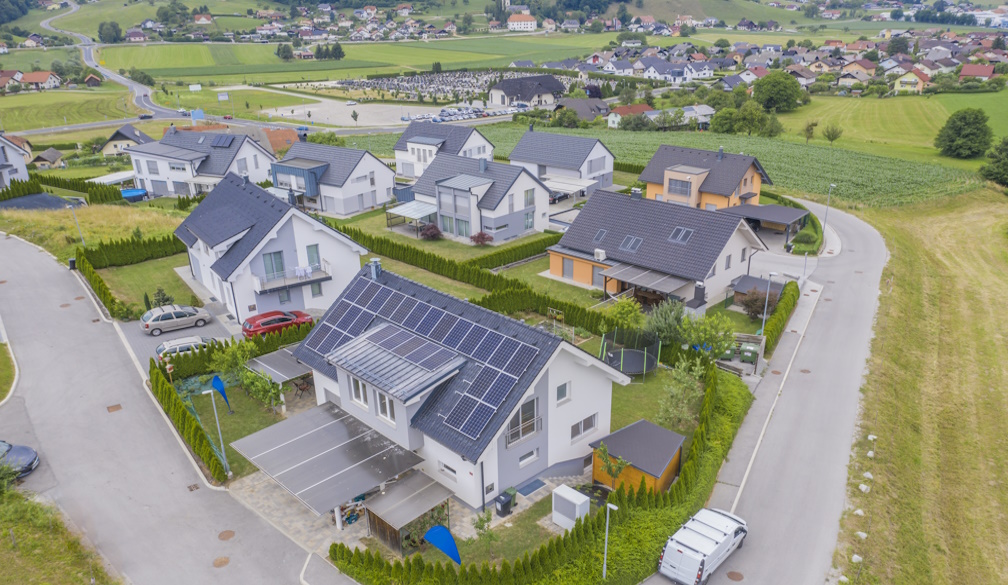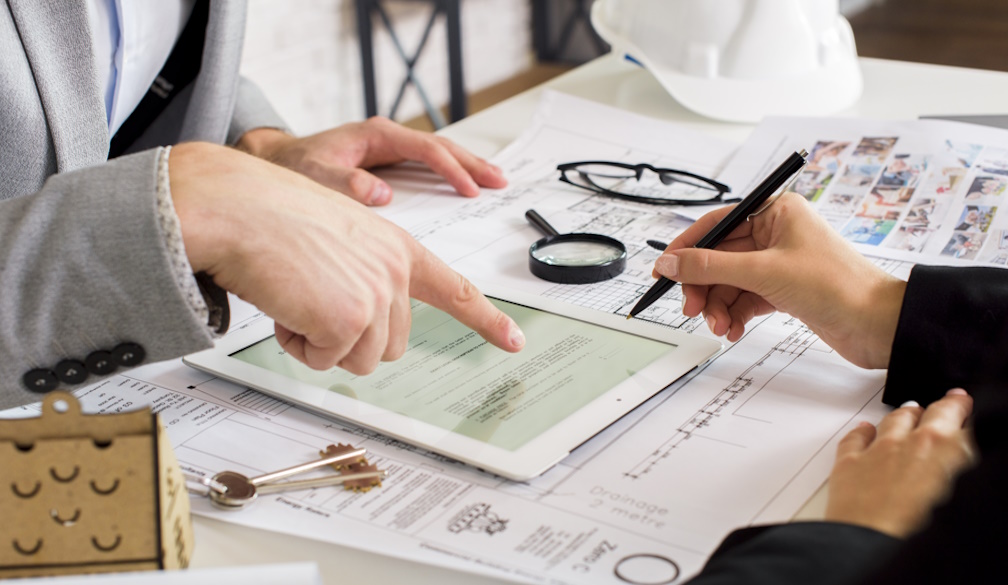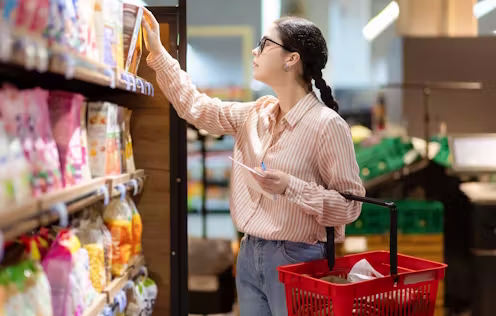Laying the foundations for another 30 years of growth
- Written by Jennifer Westacott

Thank you for the opportunity to speak with you this morning.
I want to start by stating what’s fairly obvious.
I doubt there are any Australians today who aren’t wracked with a mix of competing emotions.
These can range from feeling anxious and fearful to cautious and concerned right through to hopeful.
And these can depend on the choices we make.
I believe our starting point going into this pandemic gives us cause to feel more optimistic than many other countries.
We had strong balance sheets which have given us the fiscal ammunition to use.
We had robust institutions which continue to guide us.
We had a cohesive society which matters now more than ever as we work together.
And we had a strong health system which continues to serve us well.
Last week the Treasurer pointed out that here in Australia there are 175 active cases for every one million people.
Compare this to Britain where there are around 4,000 cases for every one million people.
And in the United States where it is around 8,000 cases.
The US proves that losing control of the health situation means losing control of the economy.
Fifty-six million people have registered for unemployment assistance.
About 145,000 people are dead.
In Australia, what we really need to feel confident again is a clear path out of this crisis.
Let’s start thinking about our recovery and reform journey in four phases.
The first is managing the health crisis, being clear about what our health goals are and reopening the economy.
The second is releasing economic activity to support jobs.
The third is keeping cash in people’s pockets to support demand.
And the fourth is tackling structural reform to support long run, sustainable economic and population growth.
So, to our first priority – bringing the health impacts of the pandemic under control so we can stay the course on opening the economy.
To do this, we need to urgently develop a clearly understood national and consistent health framework for managing COVID-19.
Without the protocols in place, we cannot provide greater certainty.
We cannot rebuild confidence.
The framework needs to start by re-describing to the community what we are trying to achieve.
This involves:
- Suppressing and containing local outbreaks
- stopping people getting sick
- making sure the health system can manage increased demand, and
- in a preventative way, protecting the most vulnerable people who are more likely to get sick.
When we first went into this battle months ago, we were very clear that our objective was to flatten the curve so we could prepare the health system to cope with people getting sick.
In many respects, we are victims of our success and suddenly anything above zero is seen as a serious policy failure but that is not a sustainable way over the medium term.
And I’m not sure how we got that message so wrong with people
Instead, the message needs to be that Australians have to get used to living alongside this virus.
And not just for weeks but a long time.
It’s important we paint a picture about how we do this – and how we manage local outbreaks.
So, what does a national health framework look like?
It means putting in place the systems that make sure:
- There are no loopholes in quarantine
- Exemptions are understood and consistent
- Tracing and tracking systems are as efficient as they can be
- The COVIDSafe app is doing its job properly
- Permits are in place to deal with people in cross border towns, and
- People and businesses understand their responsibilities.
Unless we control the health impacts of this virus, talking about the digital economy, competitive tax systems, skills and regulation will just be academic.
I can’t stress this enough.
It is impossible to mount an economic recovery if we have to keep stopping and starting or shutting down entire states.
With the health impacts in check, we need to start to release economic activity to support jobs.
This crisis has thrown up unprecedented levels of cooperation between different levels of government, and between business, governments, unions and the community.
The nation has pulled together like never before.
We have a chance to build on this unity.
Because if we don’t, our country will meander along. Australia will bump along the bottom.
If the economic update last week tells us anything, it’s that we have to throw everything we can at driving activity to support and create jobs.
We have to stay the course on opening up the economy.
This centres on spelling out the standards and protocols that will achieve this, including eventually reopening international borders.
More than 80 per cent of our freight goes out in a passenger plane.
International students are essential to making our university sector work.
And we need skilled migration, particularly in your sector, the IT sector.
This means we have to chart a course for opening the economy and increasing activity because that is what will increase demand.
We also need to focus on getting companies investing again.
Investment before the crisis was already weak. Now it is diabolical.
The budget update forecasts non-mining investment to fall 19.5 per cent this year.
It's impossible to generate the economic and jobs recovery we need off the back of those forecasts.
We need to encourage companies to invest.
So, what are we talking about?
I’m always astounded when people say to me ‘so, why should companies invest? What difference does it make, particularly for the big companies?’
But if supermarkets and retailers are encouraged to bring forward their capital works program thousands of jobs would be created.
Every time a retailer opens a store, there are thousands of jobs in construction, thousands of jobs in the supply chain and the operation of the new store.
Every time a mining company starts a new mine there are thousands and thousands of jobs in construction. They create thousands of jobs in the mining services sector and thousands of jobs in a local community.
Every time a business upgrades their plant and equipment, they put extra people on but they also create a job for someone who is building the machinery.
Every time a housing project is delivered, there are thousands of jobs. Every $1 million of residential building construction supports nine jobs across the economy.
And if companies decided to upgrade their digital capability and training that would have an enormous effect in your sector.
The Prime Minister pointed out last week that accelerating 15 major projects worth more than $72 billion in public and private investment would support over 66,000 direct and indirect jobs.
Each time businesses invest – whether they create 500 jobs, 5,000 jobs or 10,000 jobs – what matters is the cumulative effect of that being done across the nation.
When it’s done at an accelerated pace, suddenly you are talking about 200,000, 300,000 or 400,000 jobs being created and we start to close the unemployment gap.
We believe a 20 per cent investment allowance would provide that added incentive for companies to invest especially at a time when confidence is at historic lows.
Getting businesses to invest is one thing, we also need to apply the government balance sheets to fast tracking big and small infrastructure projects.
We need to start looking at the value of these projects through a dual lens.
They not only create thousands of jobs, but they change the nature of the economy.
They unlock growth by paving the way for us to be more competitive and productive.
Infrastructure done right makes it easier to ship products to market more efficiently and it enables people to come together to share resources, create and innovate.
I’m talking about projects like an improved road crossing from the Atherton Tablelands to Cairns Airport which would boost our export capacity or an upgraded terminal in Busselton to get produce in and out.
And then there are projects like the Aerotropolis – which I chair – which is underway and next to the new Western Sydney International Airport.
This project epitomizes how government spending can be transformational - leveraging growth and job opportunities.
The Aerotropolis is a high skill jobs hub across:
- aerospace and defence
- manufacturing
- healthcare
- freight and logistics
- agribusiness
- education and
- research industries.
The North South Rail Line will connect the international airport, the aerotropolis and surrounding businesses, generating 14,000 jobs in its construction.
The CSIRO is planning to relocate some of its staff to a state-of-the-art facility in the heart of the aerotropolis.
Twelve hundred jobs will be created just constructing the building and 500 super knowledge jobs will be in western Sydney.
One rezoning of a major precinct will see over 5,000 jobs created in construction.
Overall, the aerotropolis will make a significant contribution to 200,000 new jobs.
Along with encouraging greater private and public investment to generate activity and jobs, we also need to keep cash in people’s pockets to support demand.
Last week’s extension to the JobKeeper wage subsidy will help but more is needed.
Let’s consider bringing forward the personal income tax cuts.
Why wouldn’t you do something that needed to be done anyway?
And let’s not forget the end point of personal income tax cuts is that 94 per cent of people will pay no more than 30 per cent of their income in tax.
Deloitte estimates that bringing forward the next stage of personal tax cuts would put about $5 billion a year into people’s pockets.
We also need to look at things like increasing the JobSeeker allowance over time.
Which brings me to phase four of the recovery: committing to a process of structural reform to support long run and sustainable growth.
Just as the Hawke and Keating government repositioned the country in the 1990s - paving the way for 30 years of uninterrupted growth - we must get fit for the future.
It is crunch time.
The list of reforms may have changed since the last recession but getting the barnacles off our economy will require the same focus, commitment and determination.
The big macro-economic structural reforms include:
- More competitive taxes
- A workplace relations system that allows companies to be more flexible while protecting people’s rights
- An efficient foreign investment process, and
- Deregulation of the economy. We need to make it easier to do business. We cannot bring back the regulation that was stripped during COVID-19 because it was clearly in the way of getting stuff done.
Today I want to focus on three reform areas that are vital to your industry and vital to you.
One of the most important areas is building our digital capabilities.
Australians have learned to work from home.
We’ve tested the boundaries and we have embraced it.
There has been a strong uptake of technology and an improved appreciation of its benefits, including to productivity.
Now is the time to accelerate the move to a digital economy.
Let’s put it on steroids.
The potential to create new and exciting jobs is enormous.
Australia’s broader technology sector now employs nearly 580,000 people.
And it contributes $122 billion to the economy each year, representing roughly 6.6 per cent of GDP.
To make the most of the growth opportunities, we need to make sure we don’t have this asymmetry between big and small business in terms of digital competence and capability.
MYOB data tells us that more than a third of SMEs have no online presence but that those who have adopted digital are more than eight times more likely to create jobs.
The use of e-invoicing, for example, gives small businesses a better idea of their cashflow.
They can send out invoices faster and be paid sooner, reducing time and costs.
Let's try and get the whole country up to speed in capabilities.
This includes bridging the digital divide and making sure disadvantaged Australians have access to technology.
And let’s make sure we have the infrastructure in place – supported by regulation that enables, not impedes digital take up – so we can modernize the economy.
Of course, as part of that we need to pay close attention to cyber security and I know you’ll be talking about this issue next.
To succeed in the new digital era, we have to be the safest place on the planet to do business digitally.
In tandem with moving to a digital economy, we need to work on the skills and capabilities of our people.
Lifelong learning and ongoing skills development are some of the best defences we have against prolonged unemployment.
In the short term, we know that people's tasks are going to change over time.
We know technology is going to drive that task change.
We know the shelf life of someone’s skills profile is going to be quite short.
But we also know that while our skills development needs to be rapid – our skills system lacks the agility we need.
So, therefore we need to change the system, so it is easier to empower people to quickly keep their skills up to date.
One of the best ways to do this is by introducing a lifelong skills account.
This would allow people to purchase VET and university courses, as well as courses to gain microcredentials.
The account would cover their training and education needs, allowing them to choose where, what and when they study.
This would be especially powerful alongside a common information platform for vocational education and training and universities.
And this would mean people have all the information they need at their fingertips about courses, cost and career prospects.
Skills development and the shift to a digital economy will help us find the additional growth we need to get Australians back to work, create new jobs and move forward.
A business as usual strategy won’t cut it.
We need to do more than tweaks to current settings.
We also need to get our comparative advantages right.
Simply put – this means Australia needs to play to our strengths to help us get the growth we need.
This notion of focusing on doing what we are good at –but doing it better – remains such a poisonous debate in this country.
Other parts of the world have moved on.
Here we can’t seem to get beyond the criticism that playing to our strengths is about picking winners.
It’s not.
It’s about backing ourselves.
Whether that’s in traditional areas such as mining and agriculture
Or new areas like artificial intelligence, robotics, and quantum computing.
We need to remove the competitive blockages that stand in our way.
Because I’ll tell you something, while we are caught up in the ‘picking winners’ arguments, every other country is working out how to leverage their strengths in traditional, new and emerging areas.
In addition to making sure we don’t stop doing the things we are fantastic at – we will have to pick two things.
The first is the things we need which are the basic capabilities like artificial intelligence, data analytics.
We are going to have to work out a national ramping up of those.
And then we will have to pick some priorities for growth that’s not about subsidies, that’s about getting the right policy settings, the right skills development so that we can accelerate those areas.
We will need to work out how we harness:
- The research and development systems
- The university collaboration system
- The approvals system, and the
- Export licencing systems
So, we can give ourselves the best chance of succeeding in those areas.
We also need to get smarter about how Australian businesses can be quality and specialist suppliers in the global supply chain.
We’re never going to manufacture entire giant rockets in Australia.
But we can harness specific technology to produce the componentry that will make us a world leader in the supply chain for areas such as space exploration.
We also need to work hard on leveraging the best out of our places and precincts.
This includes precincts such as the aerotropolis, which I’ve already mentioned, Tech Central and the Westmead Health Precinct in Sydney, the advanced manufacturing hub in Geelong, and Lot Fourteen in Adelaide.
Let’s invest in these spaces and prioritize the creativity and invention that’s going on there.
Playing to our strengths, playing our part in global supply chains and leveraging our precincts and places all require that Australia remains an outward facing, global nation.
And this is my final point today - we must be open to trade and investment, and I’m talking here about people, services and goods.
Make no mistake a closed Australia is a smaller Australia, a slower growing Australia, and a poorer Australia.
We need foreign investment.
We need skilled migration.
And we need to be able to tap into lucrative Asian markets on our doorstep.
Turning our backs on the rest of the world would be self-defeating.
Every single thing I've talked about today requires us to be open.
It requires us orientating ourselves, so we are ready when global markets start to come out of hibernation.
If we do all of this, we’ll find our way out of this crisis.
We need to get the health impacts under control, stay the course on opening the economy, get activity back, support demand and put the structural reforms in place.
This is how we set the country up for another 30 years of growth.
We have to reimagine ourselves because going back to where we were before might be fine, but it wouldn’t be Australia at our best.
I mean do you want to be there when your children ask: ‘So, where were you when you decided it was okay for the country to be mediocre?’
The reason I get excited about the aerotropolis is that I think about a kid growing up in Penrith now and their future.
They’ll be able to work at the CSIRO or at BAE systems because we’ve given them:
- a new country
- a new way of thinking
- a new way of competing, and
- a new way of growing.






















